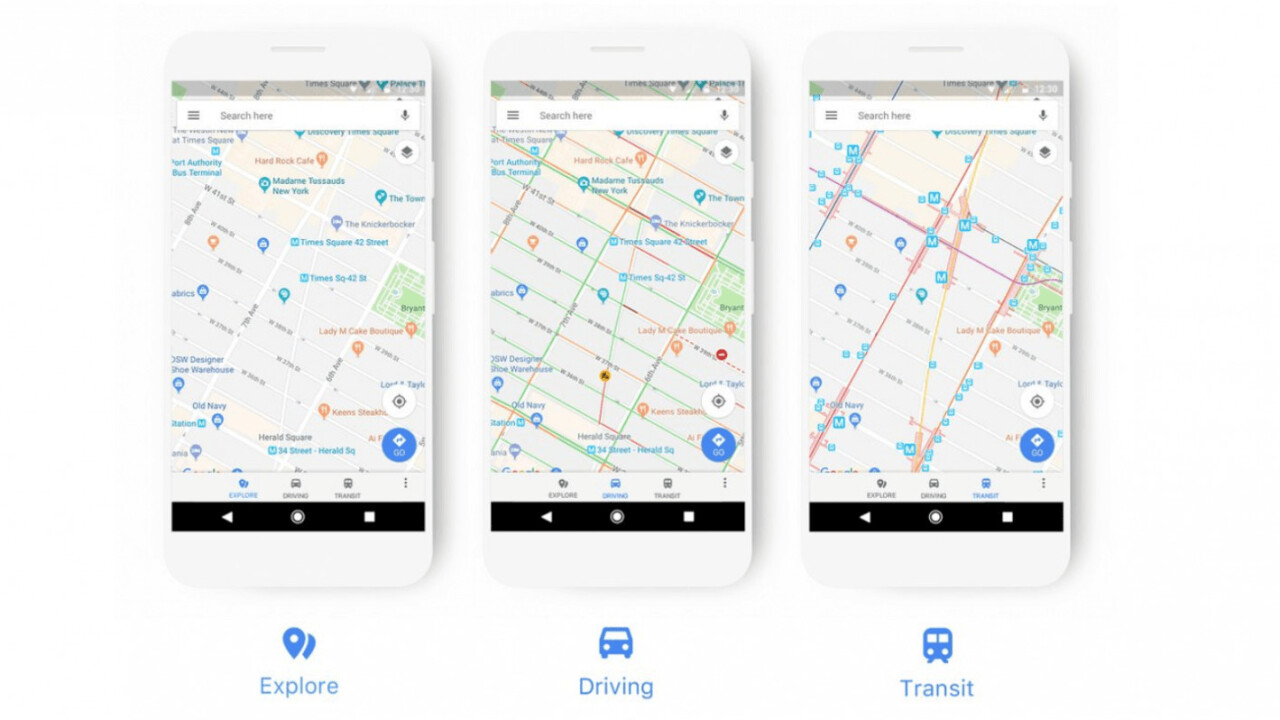
It’s no secret that, unless you explicitly opt out, Google keeps an extensive record of your every activity on its digital real estate. From your location history to the searches you perform on Google and YouTube, the company goes to great lengths to glean more information about you in the hope that it can serve better ads based on your web habits.
To assuage any privacy concern that might possibly arise, the company has announced it’s rolling out new auto-delete controls for Location History and Web & App Activity that allows you to choose a time limit (3 or 18 months) for how long you wish your activity data to be saved. Any data prior to that time will be automatically deleted.
To enable this setting, head to Google Account > Data & Personalization > Manage your activity controls > Choose Web & App activity > Choose to delete automatically > Select the appropriate time limit > Confirm.
It’s worth noting that Google already has manual options to turn these settings on/off. Leaving them on makes for a better personalized Google experience, but enforcing a time limit ensures that your recommendations will only be based on the limited historical data you share with Google which, while possibly not so precise, would still be useful.
The privacy trade-offs
Achieving personal privacy comes with its own set of trade-offs. But tech companies’ hunger for personal information has led to them adopting any means necessary to harvest as much data as possible, with little or no regard to safeguarding individual privacy.
Time and again, they have been found to employ a series of psychological dark patterns to push users towards selecting privacy intrusive options, resulting in reduced privacy, at the same time giving an illusion of control.
By “threatening” users with loss of functionality or deletion of their accounts if certain settings are not enabled, companies have repeatedly resorted to a rewards-like system where the right action (which is privacy intrusive) is compensated with a better service, while choosing to turn them off can result in a penalty of some sort. What’s more, it’s always opt-out by default, never opt-in.
Google, for example, prevents users from enjoying a fully personalized Google Assistant experience unless Web & App Activity, Device Information, and Voice & Audio Activity settings are turned on. The search giant also came under criticism after it was discovered last year that Google could still track its users despite turning the Location History setting off.
Embracing AI and machine learning makes it increasingly difficult to separate data from the users’ profiles, especially if the algorithm has to serve recommendations by taking into account an individual’s past likes and preferences.
One way companies can deal with the privacy fallout is adopt on-device deep learning models, thus ensuring that all your data (aka “training data”) remains on the device, effectively “decoupling the ability to do machine learning from the need to store the data in the cloud.”
Ultimately, there is still going to be a lot of your personal data with Google. But the new feature, which is expected to roll out worldwide in the coming weeks, is a step in the right direction.
TNW Conference 2019 is coming! Check out our glorious new location, inspiring line-up of speakers and activities, and how to be a part of this annual tech extravaganza by clicking here.
Get the TNW newsletter
Get the most important tech news in your inbox each week.




